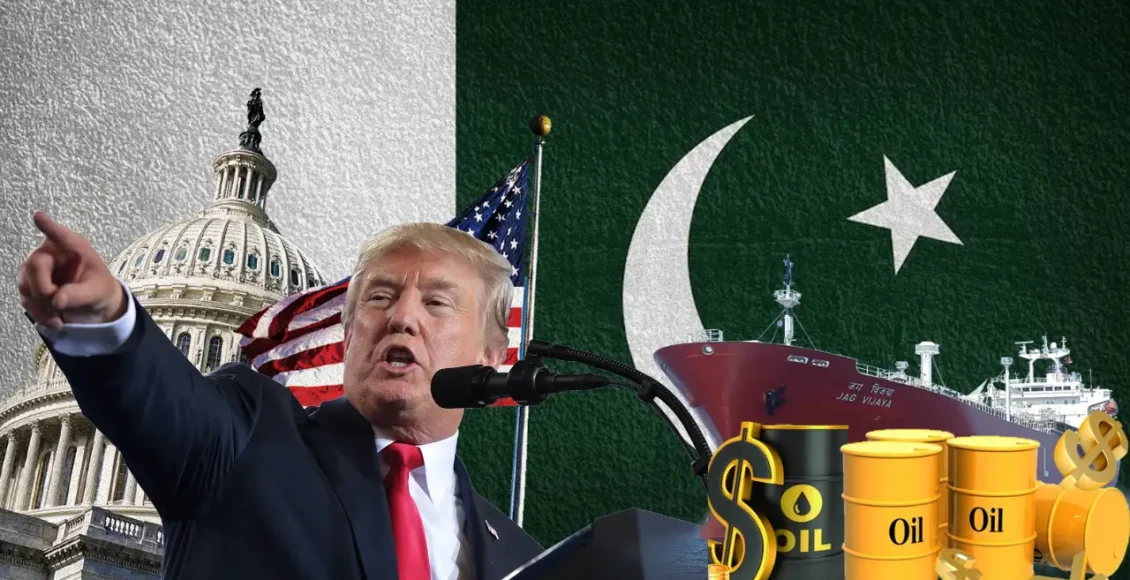ISLAMABAD – Former U.S. President Donald Trump made headlines with a bold statement that Pakistan has “massive” oil reserves and that a deal has been reached to develop them jointly with the United States.
“Pakistan and the United States will work together on developing their massive oil reserves,” Trump declared.
The announcement sparked widespread curiosity and debate: Does Pakistan really have such vast reserves?
Heavy imports and declining production
According to official data, Pakistan imported $15.93 billion worth of petroleum products during FY2025, making up almost a third of its total imports. The country’s domestic oil production has also declined, falling by 11.8% this fiscal year to 62,225 barrels per day.
This reliance on imports highlights Pakistan’s current energy challenge and contradicts the image of an oil-rich country.
Shale potential: The real story
Despite low output, Pakistan’s underground potential tells a different story. A 2015 U.S. Energy Information Administration (EIA) report estimated that Pakistan may have up to 9.1 billion barrels of recoverable shale oil and 586 trillion cubic feet of shale gas, mainly within the Lower Indus Basin, covering parts of Sindh and South Punjab.
These reserves remain largely unexplored, but they form the basis of Trump’s claim and ongoing discussions about energy partnerships.
Government officials have also confirmed recent activity. In late 2024, a significant offshore petroleum discovery was announced. Mian Khan Bugti, Parliamentary Secretary for Petroleum, said that exploration in Sindh, as well as in Balochistan and KP, is progressing and could soon yield viable oil extraction sites.
The verdict
While Trump’s claim isn’t entirely baseless, it’s premature to label Pakistan an oil-rich country. The nation has significant shale reserves, but unlocking them will require major exploration projects, technology, and investment. Until then, Pakistan’s energy sector remains dependent on imports.



